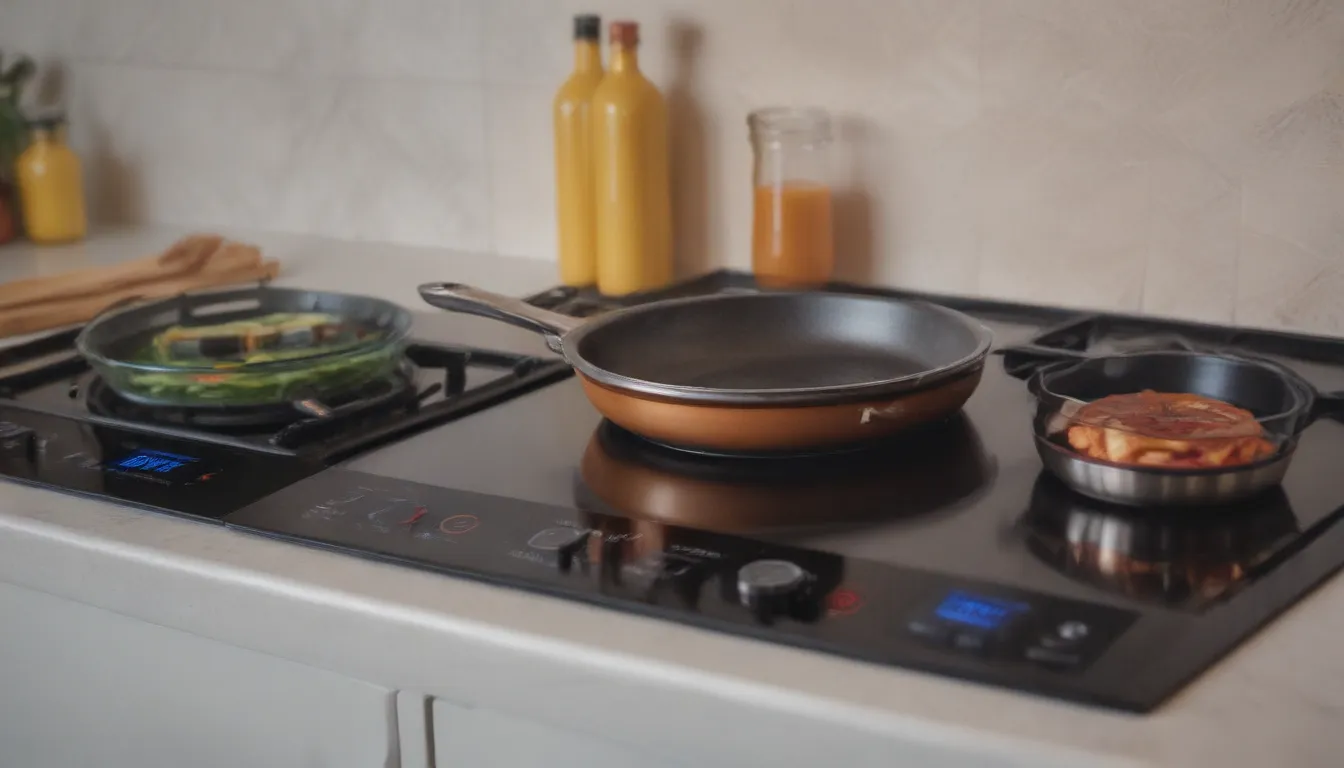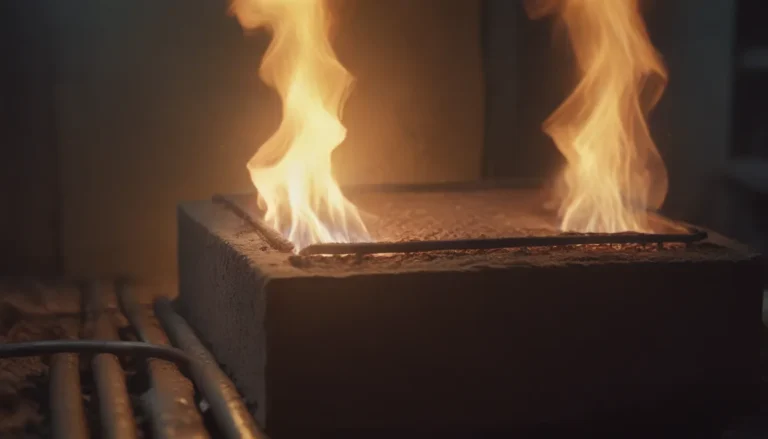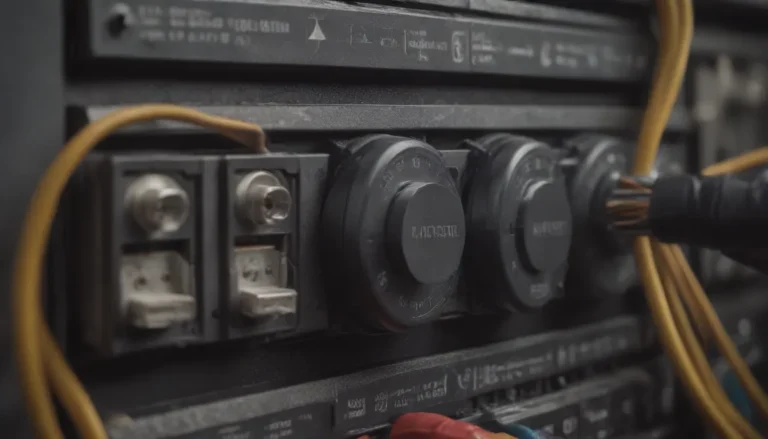Induction Cooktop vs. Electric: Making the Right Choice for Your Kitchen

Induction cooktops and electric cooktops may seem similar at first glance, but there are some key differences that make each option unique. From how they work to their power requirements and even their cleaning and safety features, it’s essential to understand what sets these two types of cooktops apart before making a decision for your kitchen. In this in-depth guide, we’ll break down the differences between induction and electric cooktops, helping you determine which one is the best fit for your cooking preferences and lifestyle.
Induction vs. Electric Cooktops: Understanding How They Work
When it comes to electric kitchen cooktops, there are three main types to consider: induction, radiant, and coil. While all three are powered by electricity, they differ in the way they heat your pans and cook your food.
Induction Cooktop
- Uses electromagnetism to heat pans
- Requires ferromagnetic cookware such as cast iron or steel
- Cooktop surface remains cool to the touch, making it safe to use
Radiant Electric Cooktop
- Uses heated electric coils or elements to cook food
- Can use any type of cookware
- Surface can get hot and stay hot for a long time
Coil Electric Cooktop
- Similar to radiant cooktops with the use of electric coils
- Less expensive option compared to induction cooktops
- Easy to fix and maintain due to lack of glass top
Key Considerations When Choosing Between Induction and Electric Cooktops
Power Requirements
Both induction and electric cooktops typically require 220/240V electricity, making them suitable for replacement if you already have an electric stove-oven combination in your kitchen. Portable induction and electric cooktops use 120V, 20 amp electricity for added convenience.
Cookware Compatibility
Induction cooktops are limited to ferromagnetic cookware like cast iron or steel, while radiant or coil electric cooktops can accommodate any type of cookware. Consider your existing cookware collection before making a decision.
Cleaning and Maintenance
Induction and radiant electric cooktops are easier to clean compared to coil electric cooktops. Induction cooktops have a cooler surface that simplifies cleaning, while radiant cooktops can be easily wiped down. Coil electric cooktops may require more effort and maintenance to keep clean.
Safety Features
Induction cooktops are considered safer to use than radiant or coil electric cooktops due to their cool surface and quick heat-up time. Radiant and coil electric cooktops can remain hot for an extended period after use, posing a safety hazard.
Durability and Lifespan
Electric cooktops are generally durable appliances that can last up to 15 to 18 years. Coil electric cooktops are a cost-effective option that can maximize their lifespan due to their simple design and easy repair.
Pros and Cons of Induction and Electric Cooktops
Induction Cooktops
- Pros: Cool cooktop, quick heat-up time, energy-efficient, easy cleaning
- Cons: Limited cookware compatibility, higher cost, potential for noise during operation
Electric Cooktops
- Pros: Inexpensive, energy-efficient, easy installation
- Cons: Slow heat time, heat fluctuations, cleaning challenges for coil models
Efficiency and Environmental Impact
Induction cooktops are known for their energy efficiency, with a rating about five to 10 percent higher than conventional electric cooktops. By choosing an induction cooktop, you can significantly reduce energy use and lower greenhouse gas emissions in your home.
Making the Right Choice for Your Kitchen
When deciding between an induction cooktop and an electric cooktop, consider your cooking habits, budget, and maintenance preferences. If you prioritize safety, energy efficiency, and easy cleaning, an induction cooktop may be the best option for you. On the other hand, if you’re looking for a budget-friendly choice that’s easy to install and maintain, an electric cooktop, either radiant or coil, could be the right fit.
Remember to take into account the power requirements, cookware compatibility, cleaning needs, and safety features when choosing a cooktop for your kitchen. By understanding the differences between induction and electric cooktops, you can make an informed decision that aligns with your cooking style and lifestyle.
Sources:
– Electric Cooktops. Frigidaire.
– Electric Cooktops / Coil. Home Depot.
– Making the Switch to Induction Stoves or Cooktops. EnergyStar / U.S. Department of Energy.
– 2021-2022 Residential Induction Cooking Tops. EnergyStar.
– Can you use cast iron on induction cooktops? Whirlpool Corporation.
– How Cast Iron Is Made. Lodge Cast Iron.





